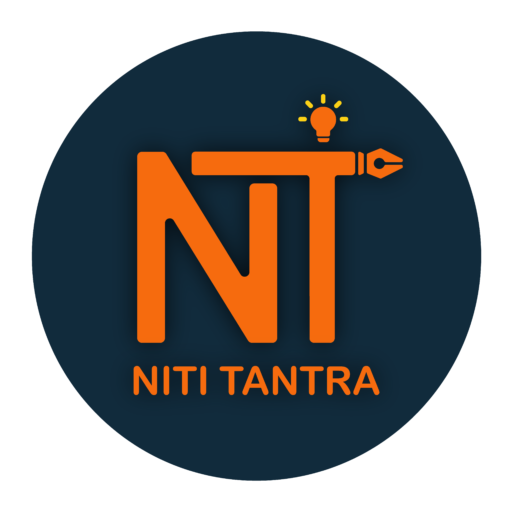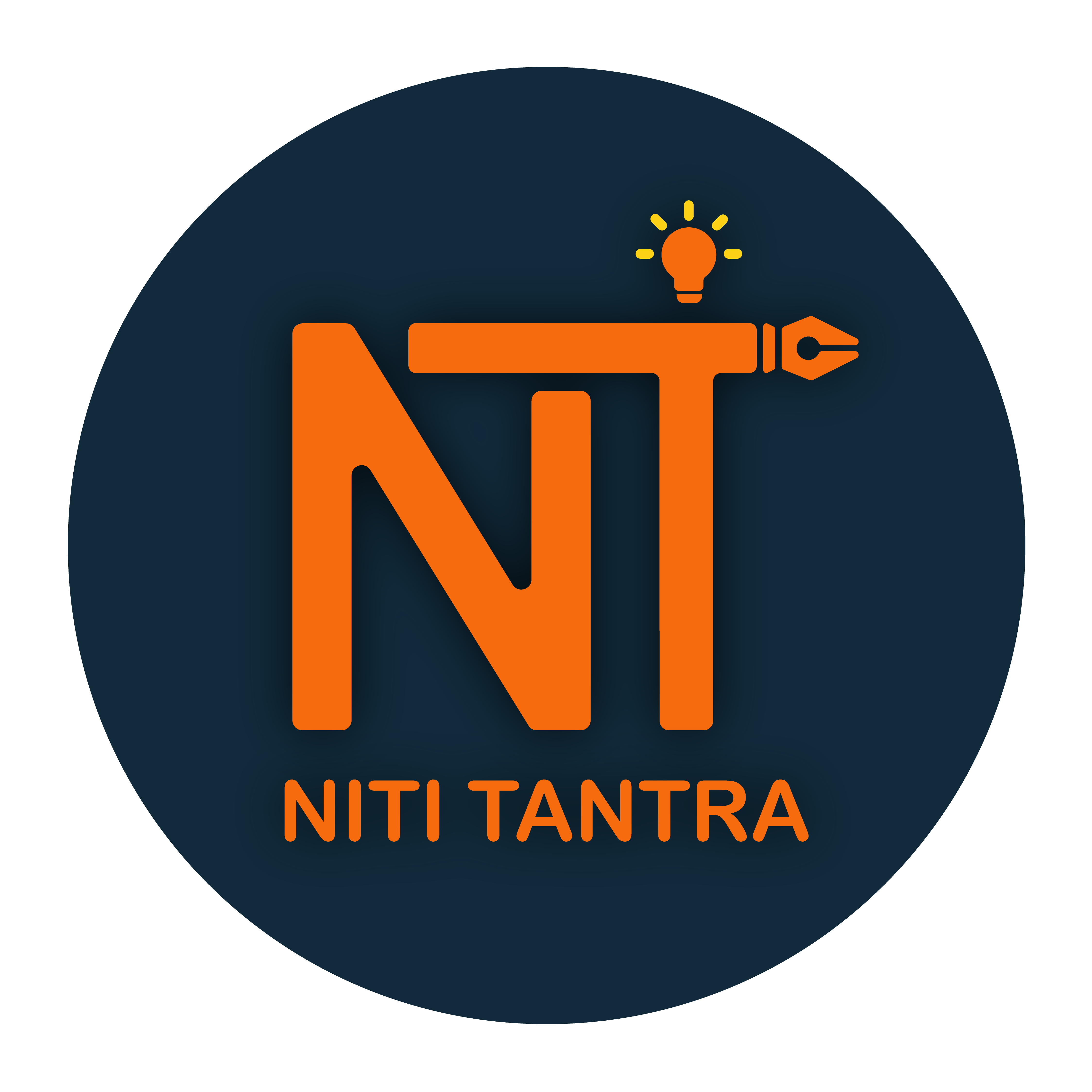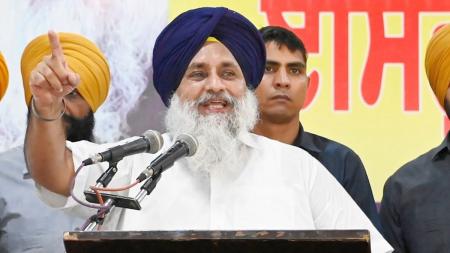Introduction
The Shiromani Akali Dal (SAD) is a regional political party in Punjab, India, known for its commitment to serving the Sikh community. Founded on December 14, 1920, SAD focuses on promoting the well-being of Sikhs by providing them with both a political and a religious platform. The party has its headquarters at Block #6, Madhya Marg, Sector 28, Chandigarh, and publishes its official newspaper, Akali Awaaz. While its influence is rooted in Punjab, the SAD also plays an active role in national politics, particularly in New Delhi.
The origins of the present-day SAD can be traced back to the Akali movement of the early 1920s. This movement was instrumental in securing Sikh control over gurdwaras (Sikh places of worship) through the Sikh Gurdwara Act of 1925, marking a significant victory for the community under British rule. Over the years, SAD has maintained control over key Sikh religious bodies such as the Shiromani Gurdwara Prabandhak Committee (SGPC) and the Delhi Sikh Gurdwara Management Committee.
SAD also operates various wings to address the needs of different sections of society, including the Youth Akali Dal, Istri Akali Dal (women’s wing), the Shiromani Akali Dal SC Wing (labor wing), and the Shiromani Akali Dal BC Wing (peasant’s wing). The party’s student wing is the Student Organisation of India. Ideologically, SAD adheres to conservatism, Punjabi nationalism, Punjabiyat, and federalism, and its political position ranges from center-right to right-wing.
Electoral Performance of SAD
The chart illustrates the electoral performance of the Shiromani Akali Dal (SAD) in Punjab’s Legislative Assembly and Lok Sabha elections from 1952 to 2019.
In the Punjab Assembly elections (blue line), SAD experienced significant victories in 1977, 1985, and 1997, securing a majority in these years. However, its performance has been inconsistent, with sharp declines in 1992 (boycott) and 2017.
In the Lok Sabha elections (orange line), SAD’s performance has remained modest, with peaks in 1977 and the late 1990s to early 2000s, coinciding with its alliance with the BJP. The party’s influence in national elections has been more limited compared to state elections, reflecting its primarily regional focus.
Click Here To Download The Paper


📌Analysis of Bills and Acts
📌 Summary of Reports from Government Agencies
📌 Analysis of Election Manifestos

